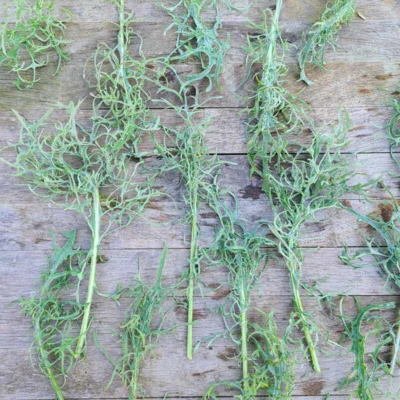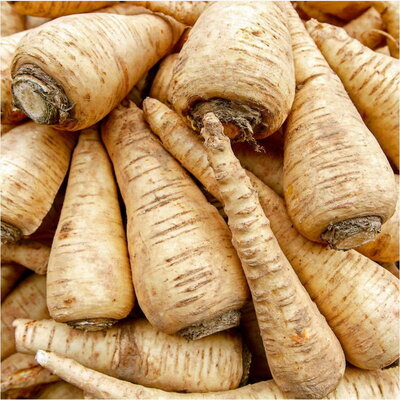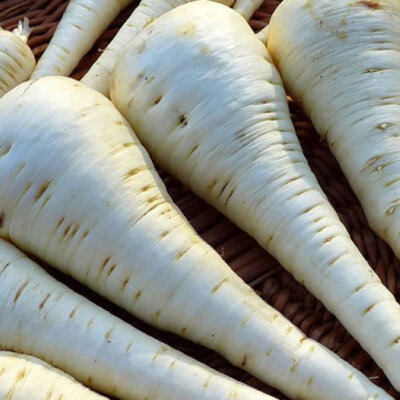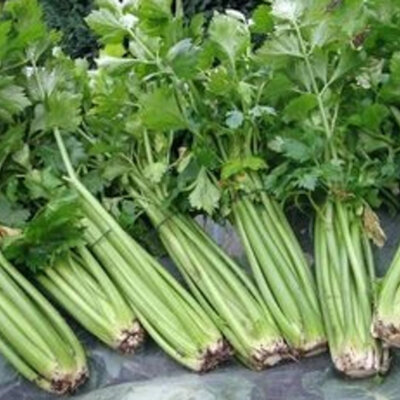
Bear Necessities - Kale / kale
This very cold-hardy variety produces fine, curly leaves that range in color from green to purple. They have a crunchy texture and excellent flavor.
These products may also be of interest to you
in the ground, in bucket
Sow in pots under cover. Cover seeds with a thin layer of soil. Transplant a first time in the nursery when plants have 2 to 3 leaves, every 10 cm, so that the roots take on "hair" before being put in place. Transplant when plants have 4 to 5 leaves, every 50 cm in rows spaced 50 cm apart, without burying the stem too deeply. For sowing in the open ground, sow lightly in rows spaced 50 cm apart. Thin out to 50 cm along the row.
The most advanced leaves are harvested from autumn to spring.
April, May, June, July, August
January, February, March, September, October, November, December
in the ground
sunny, semi-shade
medium
clayey, limestone, humus
fees, wet, rich
Brassica napus pabularis
mid-season
300 seeds
tender
Green, Violet
From 60 to 80 cm
From 20 to 40 cm
curly
United States
This is a gene pool created by Tim Peters in Oregon by crossing varieties of "Siberian kale" with "Mizuna" mustards of the "Brassica rapa" species.
Tim Peters











